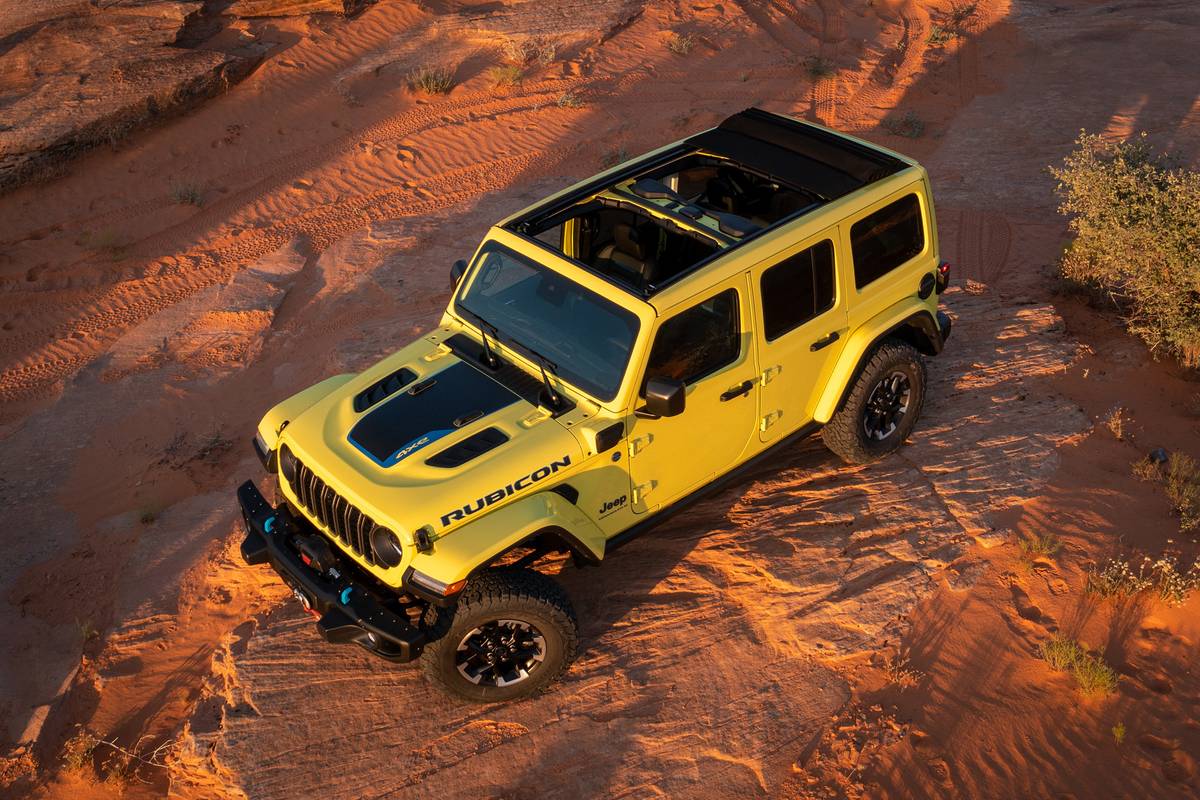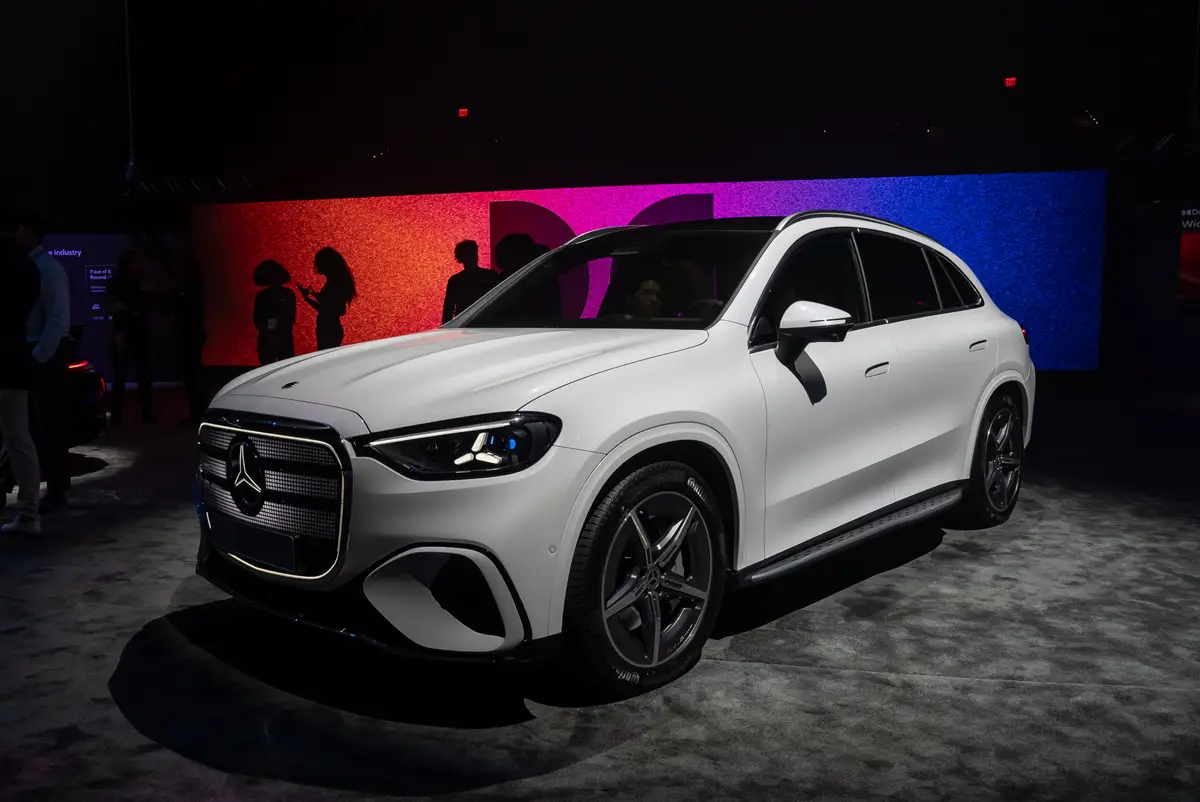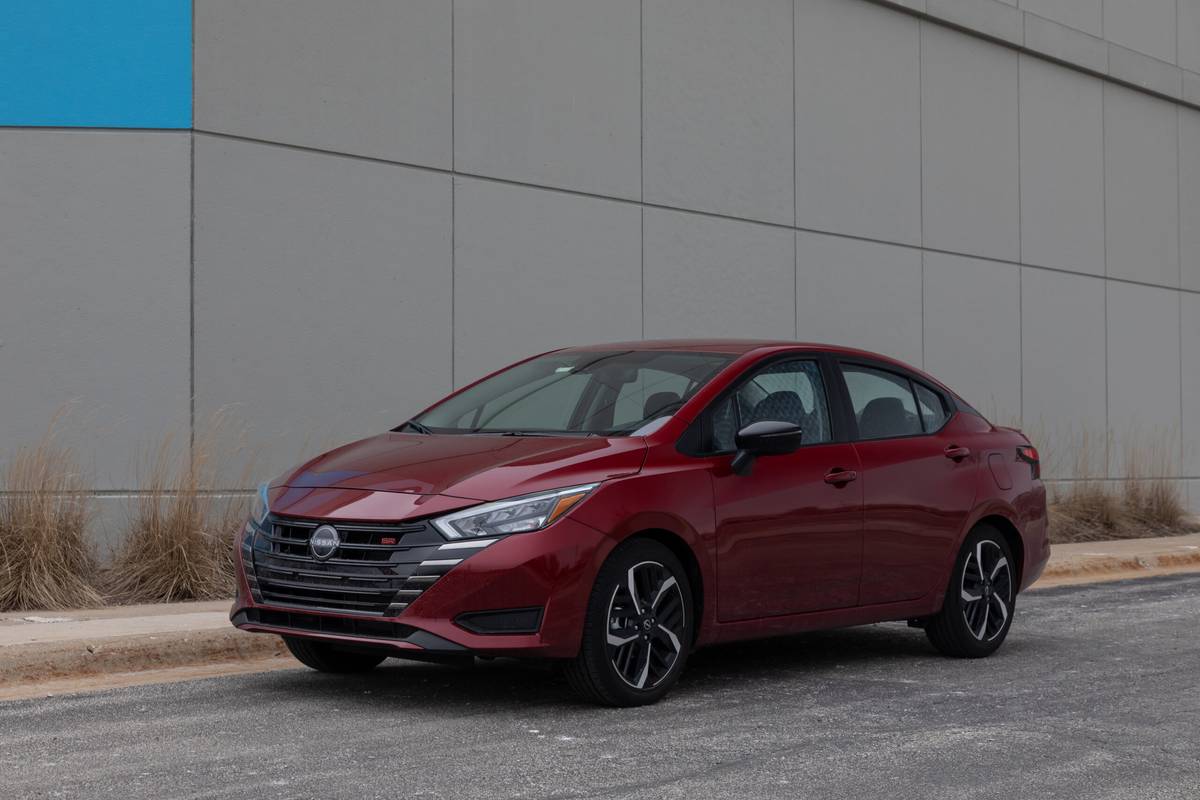Boston.com's view
At a time when manufacturers of the so-called cute ‘utes – small SUVs – are reaching back to more carlike amenities (and so are the brute ‘ute builders), Suzuki has chosen to let its Vitara stand pretty much as is.
This is not a good thing. Stiff ladder frame, body on frame construction, and spartan amenities make the four-door Vitara a rig stuck in technological mire. It is not unlike where Nissan found itself with its pickup trucks before it began a recent complete overhaul.
I like to tell people that, even at the low end of the cost scale, almost no one is building a bad vehicle these days. The Vitara comes close. And at just over $20,000 as tested, it’s not even a low-cost vehicle. It is nowhere near as good a small SUV as the Honda CRV, for instance, the Hyundai Santa Fe (fully leathered, roomy, and powerful at not much more money), or the Toyota RAV 4, which gets 25 more horsepower out of its 4-cylinder engine than does the Vitara.
Frankly, there’s not much I liked about this car – from the way it got blown all over the highway in winds to its anemic performance in passing or climbing hills. I asked myself several times, “This, for $20,000?” This as I sat in front bucket seats that seemed wafer thin as they bottomed out; as my kids found it hard to get into and out of the rear seat where the door had to be notched sharply to cover the wheel well; as we discovered that even though it’s billed as a five-passenger vehicle, the poor soul caught in the middle of the rear seat had best be tiny and of good patience.
The split rear seat folds down and, if you’re traveling with gear, you’ll need the space since there isn’t much behind the rear seat. This makes it an acceptable SUV for an active couple, not for an active family.
Leg room is good up front, lacking for rear-seat passengers. Head room is fine, tall as you wanna be, in fact. And that helps give the Vitara one of its strong points: great vision for the driver. Except, that is, out the rear window. Back there, the rear-seat headrests block nearly half the glass, and the notch between them is obscured by the outside-mounted spare tire.
Underway, unfortunately, there is still not much to like about the Vitara. It’s loud. Moderate wind noise, and its 2.0-liter, 4-cylinder engine simply has to work too hard (or too loud) to get you where you’re going. There are plenty of competitors getting good juice out of 1.8s, so I don’t understand why a paltry 127 horsepower is the limit here. If this car belonged to Snow White, she’d call it Wheezy, after the way the engine sounds as you try to pass or climb a persistent grade.
The 4-speed automatic (a 5-speed manual is available) had to downshift at even the slightest demand for more power – such as pushing gently for a gradual passing move at 65 miles per hour.
It also managed only just over 22 miles per gallon – not good for a small, not very powerful engine – in two weeks of driving.
The ride was a rock and r oll experience as its high center of gravity and relatively short wheelbase and narrow track made it feel like what it is – an outdated SUV. Fortunately, the suspension – struts, coil springs up front; coils and five-link in the rear; nitrogen-charged dampers all around, kept it more stable than it felt like it was handling.
In its literature, Suzuki calls the Vitara “tough enough to stand up to serious off-road pounding.”
That is doubtful. It may have on-the-fly four-wheel drive and the shape, at least, of an offroad beater, but it proved too skittish for my tastes out on the logging roads where I like to try these rigs out.
Another boast in the Suzuki literature is the manufacturer’s claim that, “As home as the Vitara is in hostile off-road condition, it’s just as comfortable on the highway.”
Unfortunately, that is true.
This is a class of car that Suzuki needs to bring into the present – and a newer, larger SUV, the XL-7, may do just that. Nissan is making the l with its pickups – and remember, they were a leader in good, imported pickups. No reason Suzuki can’t make a better cute ‘ute.
Nice touch:
The large controls for climate and audio. All those manufacturers who adorn their dashboards with myriad tiny buttons ought to consider this approach.
Annoyance:
What, pray tell, is a “Vitara”?
Latest news



